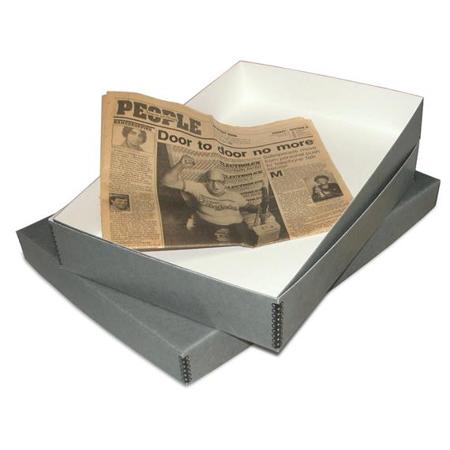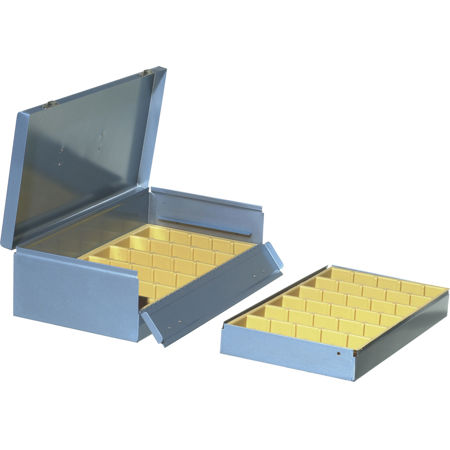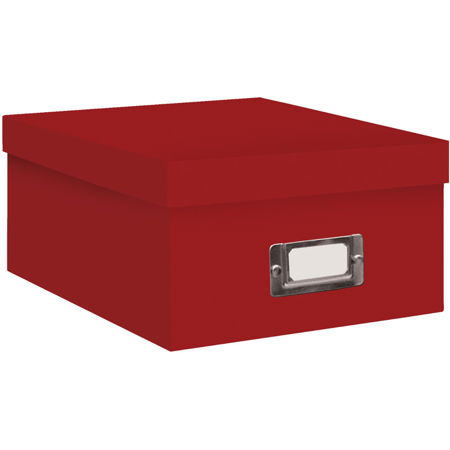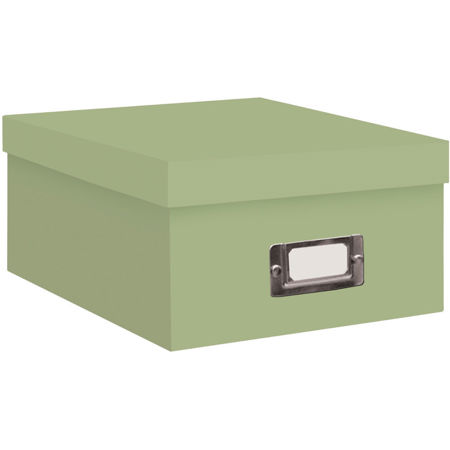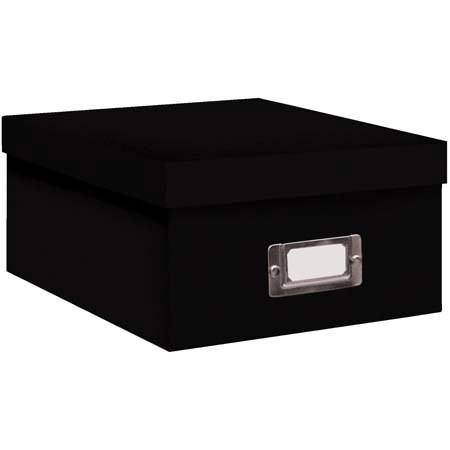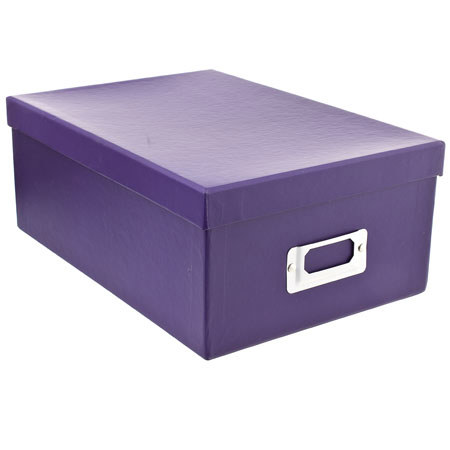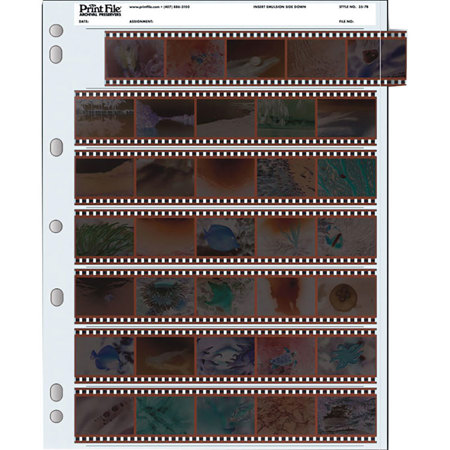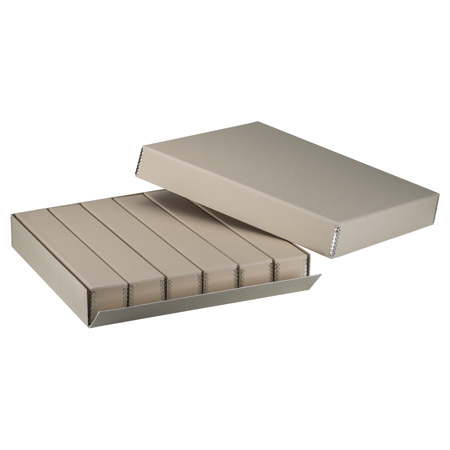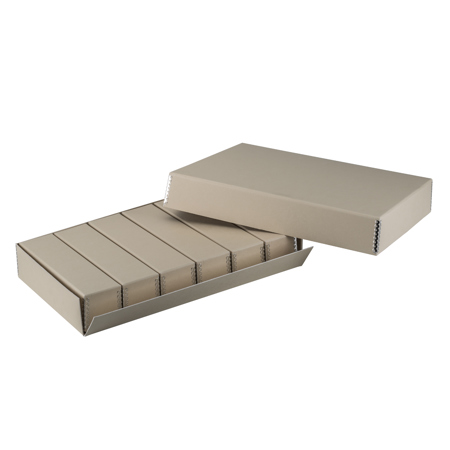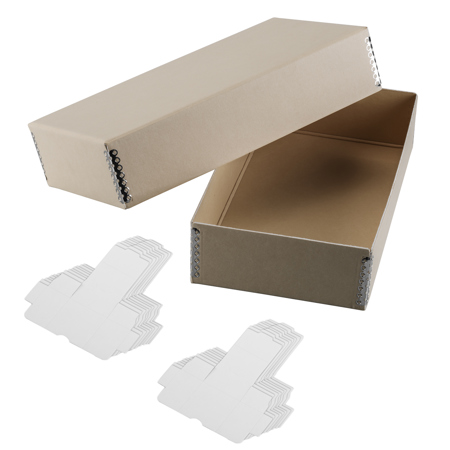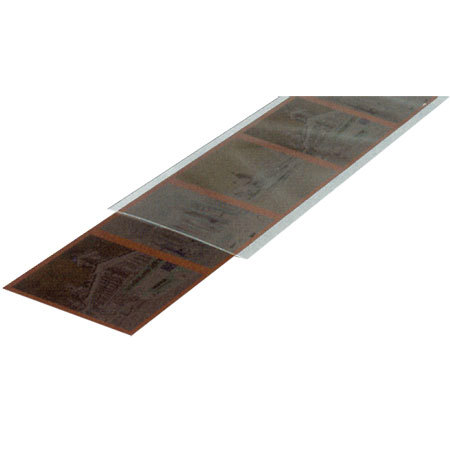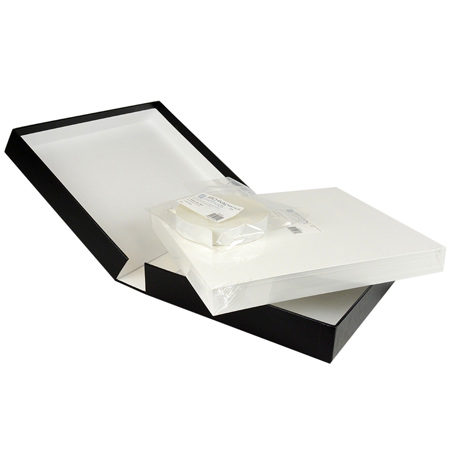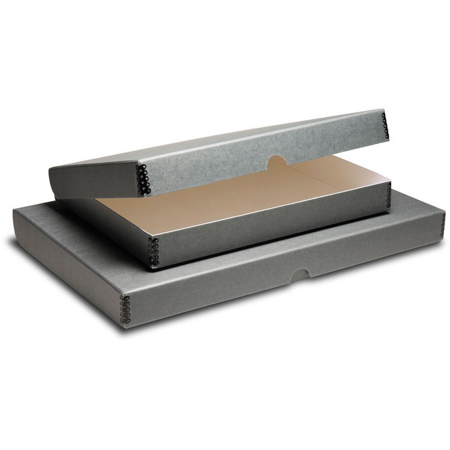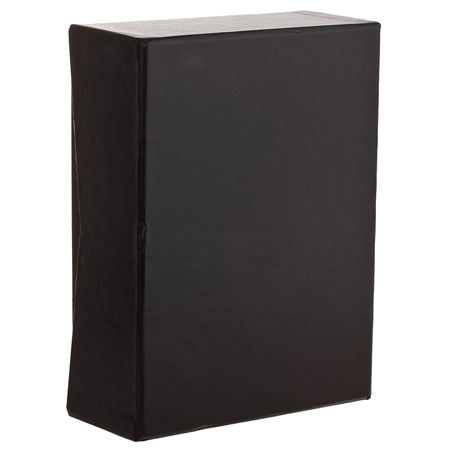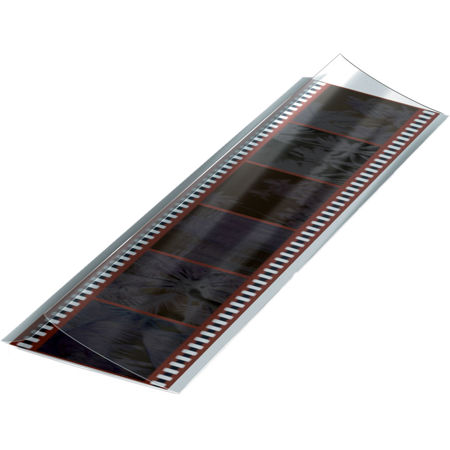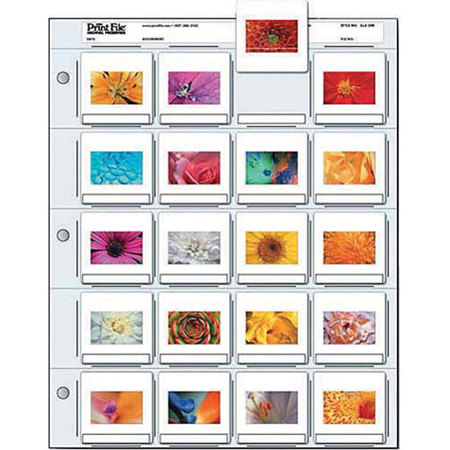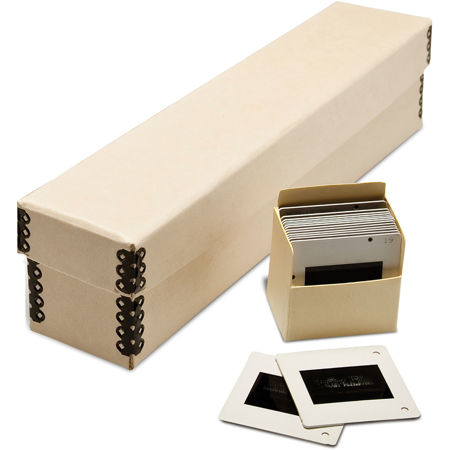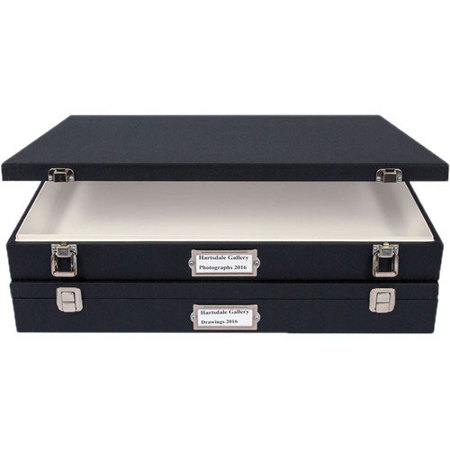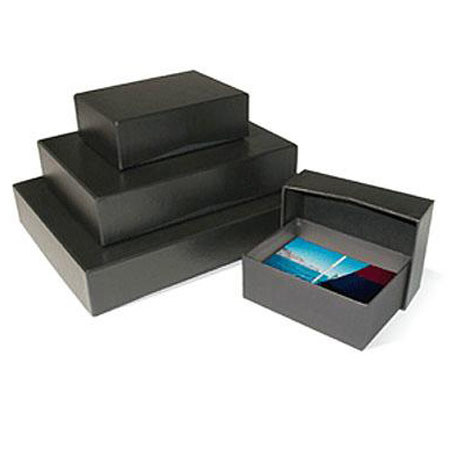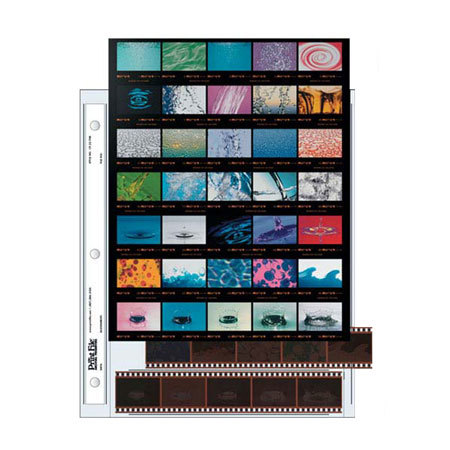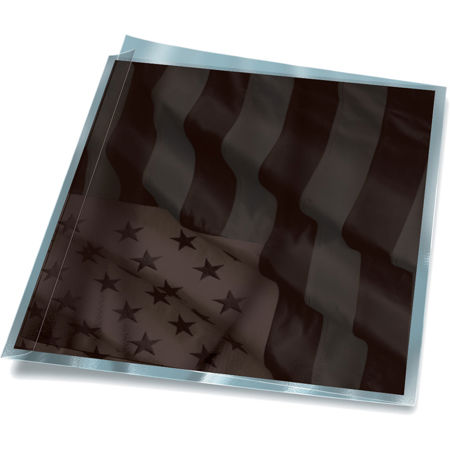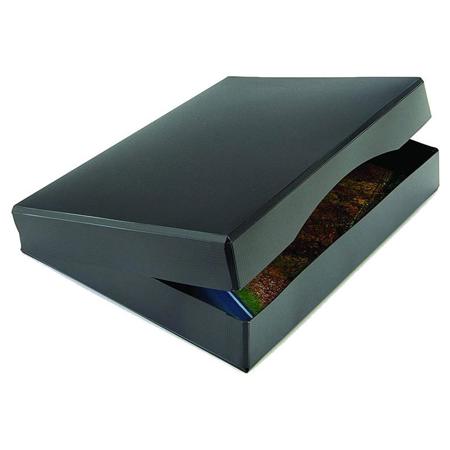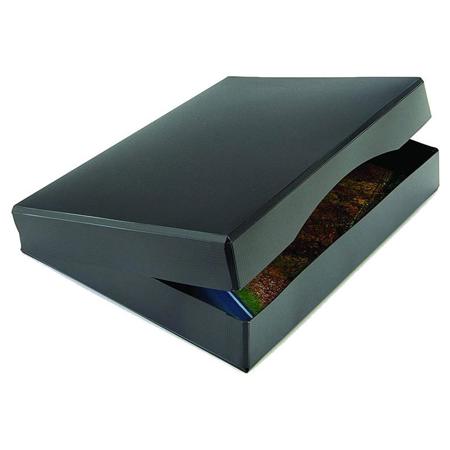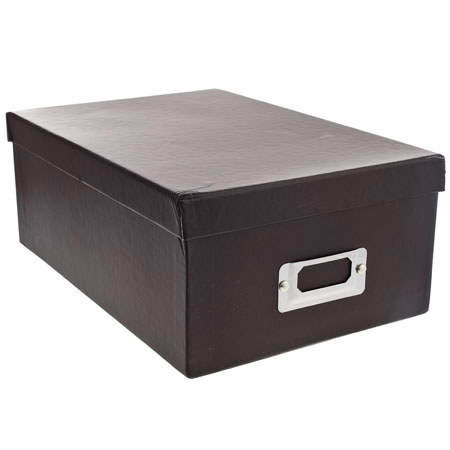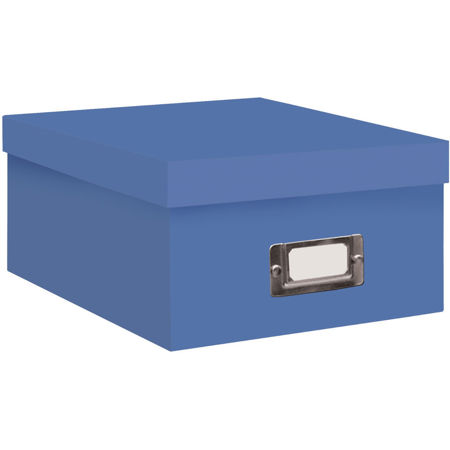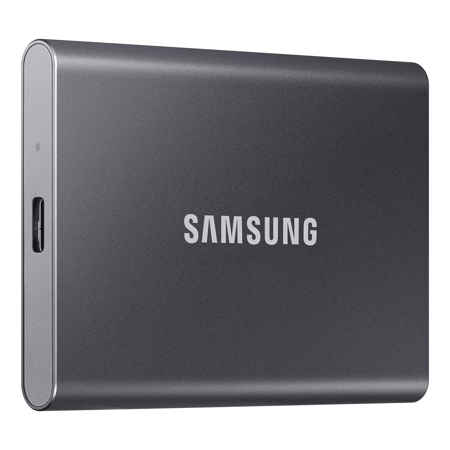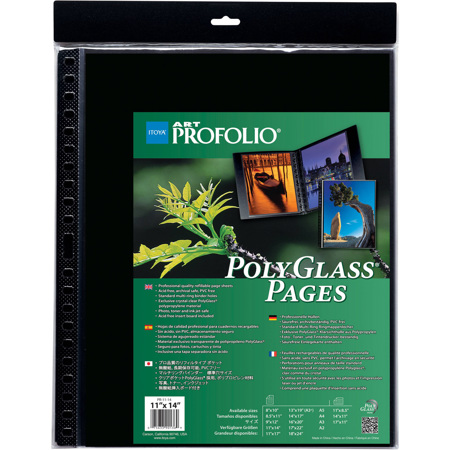Archiving Solutions For Filmmaker's Week
As autumn sets in and Filmmaker’s Week inspires creative professionals to reflect on their workflows, it’s the perfect time to evaluate how your valuable footage, edits, and project files are stored for the long haul. Archiving solutions play a pivotal role in every filmmaker’s toolkit, whether you’re a seasoned documentarian with decades of raw footage or an independent creator managing a growing portfolio of short films and client projects. The transition from summer shoots to fall post-production is a reminder of the importance of safeguarding your work against accidental loss, hardware failure, or unforeseen disasters. For production teams, freelancers, and even students preparing for film school, the right archiving system ensures that every frame, sound file, and project asset remains intact and accessible for years to come.
When considering archiving solutions, it’s crucial to think beyond simple backup drives. Professional filmmakers often employ a blend of digital and physical storage methods to create redundancy and peace of mind. High-capacity hard drives and SSDs offer fast access for ongoing projects, while robust cloud storage platforms provide off-site security and the convenience of remote retrieval. For those with large volumes of high-resolution footage, long-term tape-based storage such as LTO (Linear Tape-Open) can deliver cost-effective reliability, trusted by studios and post houses worldwide. Network Attached Storage (NAS) systems are another popular choice, allowing multiple collaborators to access and back up files from different locations. These solutions are not just for large productions; solo creators and small teams can benefit from scalable options that grow with their needs. For gift givers, archiving tools make thoughtful and practical presents for film students, content creators, or anyone embarking on a new creative venture—helping them build habits of organization and preservation from the start.
Organizing and maintaining an archive goes hand in hand with the right software and workflow habits. Metadata management, clear folder structures, and consistent naming conventions are essential for making sure assets can be found and retrieved when inspiration strikes or a client requests an edit from last year’s project. Many archiving solutions include automation features, enabling regular backups and seamless integration with editing platforms. It’s wise to periodically review and update your archive, migrating files to newer storage media as technology evolves. Remember to store physical media in climate-controlled environments to prevent degradation and to implement security measures against theft or natural disasters. For those looking to take their organization to the next level, dedicated tools for cataloging and sorting assets can be explored in our curated selection of Photo Organizers For Filmmaker's Week. Whether you’re archiving a lifetime of creative work or just starting to build your digital library, investing in the right solutions now will ensure your stories remain safe, accessible, and ready to share for generations to come.
When considering archiving solutions, it’s crucial to think beyond simple backup drives. Professional filmmakers often employ a blend of digital and physical storage methods to create redundancy and peace of mind. High-capacity hard drives and SSDs offer fast access for ongoing projects, while robust cloud storage platforms provide off-site security and the convenience of remote retrieval. For those with large volumes of high-resolution footage, long-term tape-based storage such as LTO (Linear Tape-Open) can deliver cost-effective reliability, trusted by studios and post houses worldwide. Network Attached Storage (NAS) systems are another popular choice, allowing multiple collaborators to access and back up files from different locations. These solutions are not just for large productions; solo creators and small teams can benefit from scalable options that grow with their needs. For gift givers, archiving tools make thoughtful and practical presents for film students, content creators, or anyone embarking on a new creative venture—helping them build habits of organization and preservation from the start.
Organizing and maintaining an archive goes hand in hand with the right software and workflow habits. Metadata management, clear folder structures, and consistent naming conventions are essential for making sure assets can be found and retrieved when inspiration strikes or a client requests an edit from last year’s project. Many archiving solutions include automation features, enabling regular backups and seamless integration with editing platforms. It’s wise to periodically review and update your archive, migrating files to newer storage media as technology evolves. Remember to store physical media in climate-controlled environments to prevent degradation and to implement security measures against theft or natural disasters. For those looking to take their organization to the next level, dedicated tools for cataloging and sorting assets can be explored in our curated selection of Photo Organizers For Filmmaker's Week. Whether you’re archiving a lifetime of creative work or just starting to build your digital library, investing in the right solutions now will ensure your stories remain safe, accessible, and ready to share for generations to come.
